Part 3 of our discussion of getting started with chickens begins with a confession. I really like the Australorp chicken, but they aren’t exactly my favorite breed. Please don’t feel defrauded and demand your money back. Take a deep breath and hear me out.
There are many really great breeds of egg laying chickens. In my haste to discuss the Australorp, I neglected to talk about the two main categories of egg laying (or dual purpose) chickens. Heavy body and light body birds. They simply mean what they suggest. The heavy bodied birds are bigger and weightier and tend to do better in the colder temperatures. The light bodied birds are just the opposite. Now, I know there will be some people that will argue the benefits of one over the other, but in my experience and in my zone (6B) we stick with the big girls…
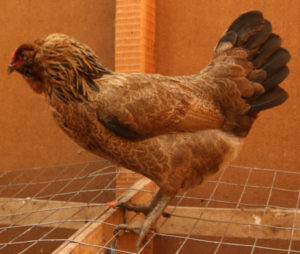 The Americauna
The Americauna
When I polled homesteaders around the country to get their opinion on favorite egg layer, I was somewhat surprised to see the Ameracauna roost at the top of the list (see full survey here). I would assume it is due to the egg color. The blueish to greenish color is unique and people get excited to see them in their dozen.
They are pretty birds and the extra fluffy feathers around their faces make them look like they have beards or their cheeks are full.
The one complaint I do have about this breed is the time it takes to reach maturity for egg production. I read that they could be as long as 30 weeks. Ours took almost 35. That is a long time to be hanging around as a freeloader. We have another 15 that are 12 weeks old so I will keep an eye on their laying date before casting judgement.
This breed holds a special place in my heart simply because it was the first we ever had. The boys were little then and they would pick them up constantly. So much, the reds would hang out with us and go for walks in the woods with us. I could even sit in the front yard and one would perch on my shoulder or head (sure its all fun and games until she craps down your back).
What impressed me about this breed is its hardiness. We were cruel to our animals but we didn’t know what we were doing at first. They survived some hard winters with little shelter. They also seem to keep laying even though they are older. Some reach 5 or 6 years old and still produced eggs. Not as frequently as their younger counter parts, but still produced some.
We haven’t had these very long, but so far, I am impressed. They started laying around the 24 week mark and have been good producers ever since.
The one thing that concerns me is they seem shifty – like they are up to something. Of course, when you are perpetually dressed like a 1930’s prisoner in a chain gang, maybe your attitude would be affected. They like to make a great deal of noise when we raid the nesting boxes. As I turn my back to leave, I can sense hostility. Its like they all slowly raise their middle toe to give me “the bird” when I am not looking. Keep an eye on your wallet and your car keys if you keep this breed around…
We no longer have any of these blonde beauties. It would appear when the great raccoon raid in the summer of ’16 happened the ‘coons all said, “Hey, let’s eat the blonde ones. I bet they are tasty!” These were good layers and very docile. They were given to us from friends that had to close down their farm. The buff rooster was so friendly he would follow the boys everywhere even into the woods. I recommend these, but be extra vigilant with predator control.
They produce the prettiest chicks that are just little yellow puff balls. When crossed with an Australorp, you get some wild looking birds!
I really like the breed of chicken. They are good egg layers and do a good job keeping themselves clean. They are a cross between and Rhode Island Red and a White Leghorn which gives them white feathers underneath their red feathers. On a windy day, they can look quite disheveled. Their breeding makes them a smaller bodied bird, so I would not classify them as a dual purpose chicken, but they do crank out some large brown eggs consistently.
I bought mine from a local source and was happy with the quality. I had zero loss in the brooder (unlike the mail order birds) and they started laying around 24 weeks.
While not a comprehensive list of heavy bodied egg layers, this list consists of breeds that I have. You will notice I didn’t mention my favorite breed as I stated I was going to at the beginning of this article.
It will seem anti-climactic but my favorite is the mutt chicken. These are birds that we have incubated and hatched right here on the farm. Most are a cross between an Australorp and an Orpington or Rhode Island Red. I like them for several reasons:
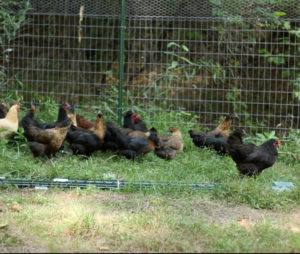 Hybrid Vigor – They seem to be more resilient than the others. They are good layers and a heavier bird. They are a good dual purpose chicken.
Hybrid Vigor – They seem to be more resilient than the others. They are good layers and a heavier bird. They are a good dual purpose chicken.
Appearance – Variety is the spice of life and with these mutts, you just don’t know what you are going to get. One hen the boys have dubbed “Eagle Chicken” because of her stern countenance and the fact that she pecks them hard when she is on the nest as they are trying to swipe her eggs.
Closed Loop – I like having a closed loop on the farm with breeding. Ordering your birds from the hatcheries or getting them local is an acceptable option, but you always run the chance of introducing disease onto your farm. With these mutts, they are assembled right here on Red Tool House soil!
The great thing about chickens is you can pick a multitude of breeds and find unique things about them you like or don’t like. Try a variety or run just one breed. The choice is up to you.
Instead of discussing meat birds next, let’s stay on the egg production topic for a while. Housing and care are the next topic of consideration and those details will differ between a egg producer and a chicken set for slaughter.

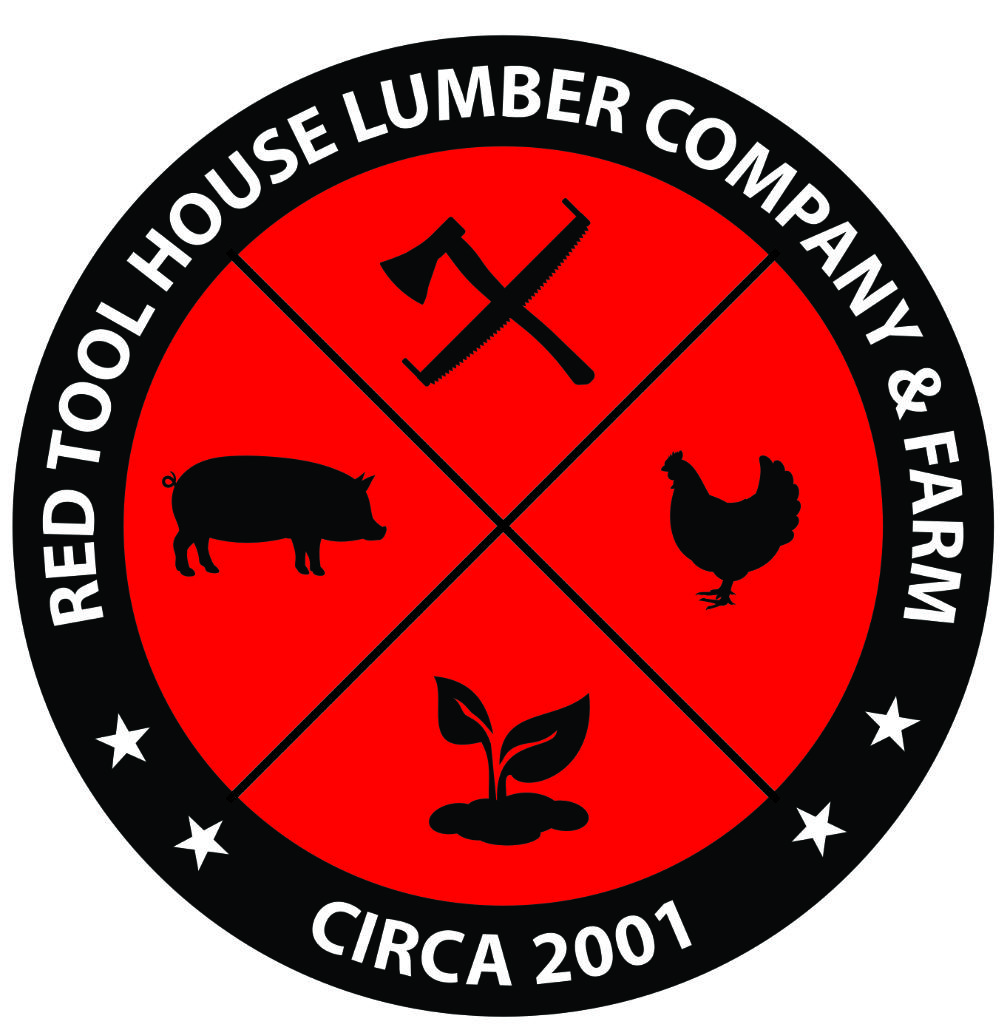

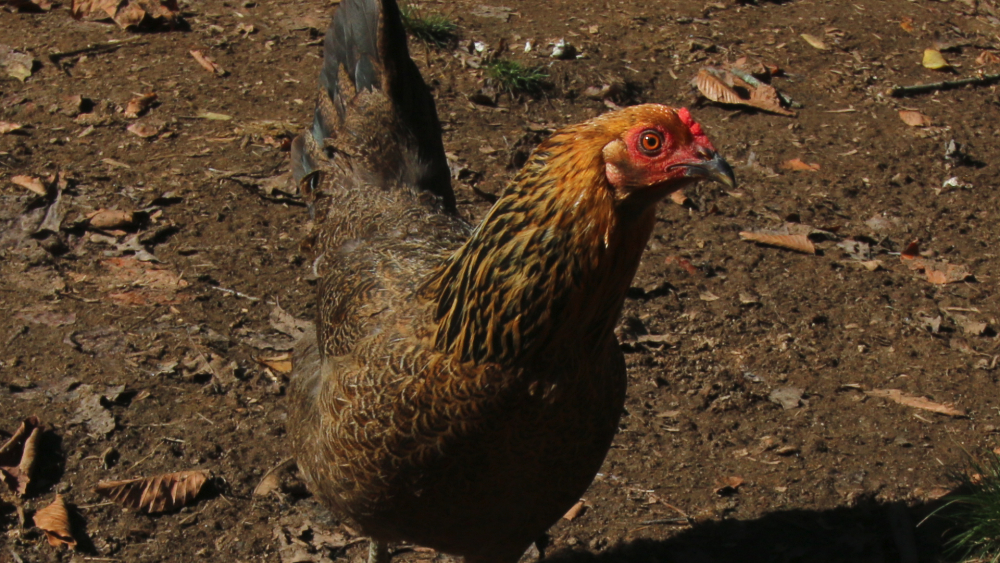
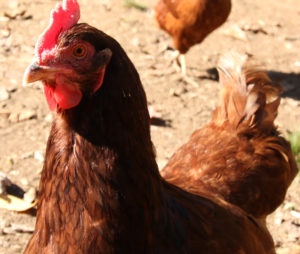
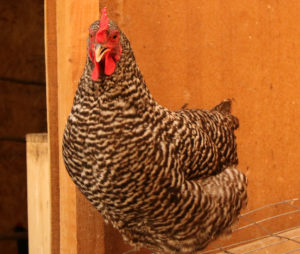
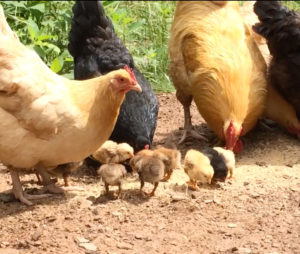
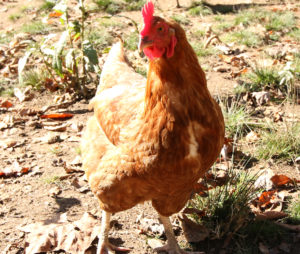
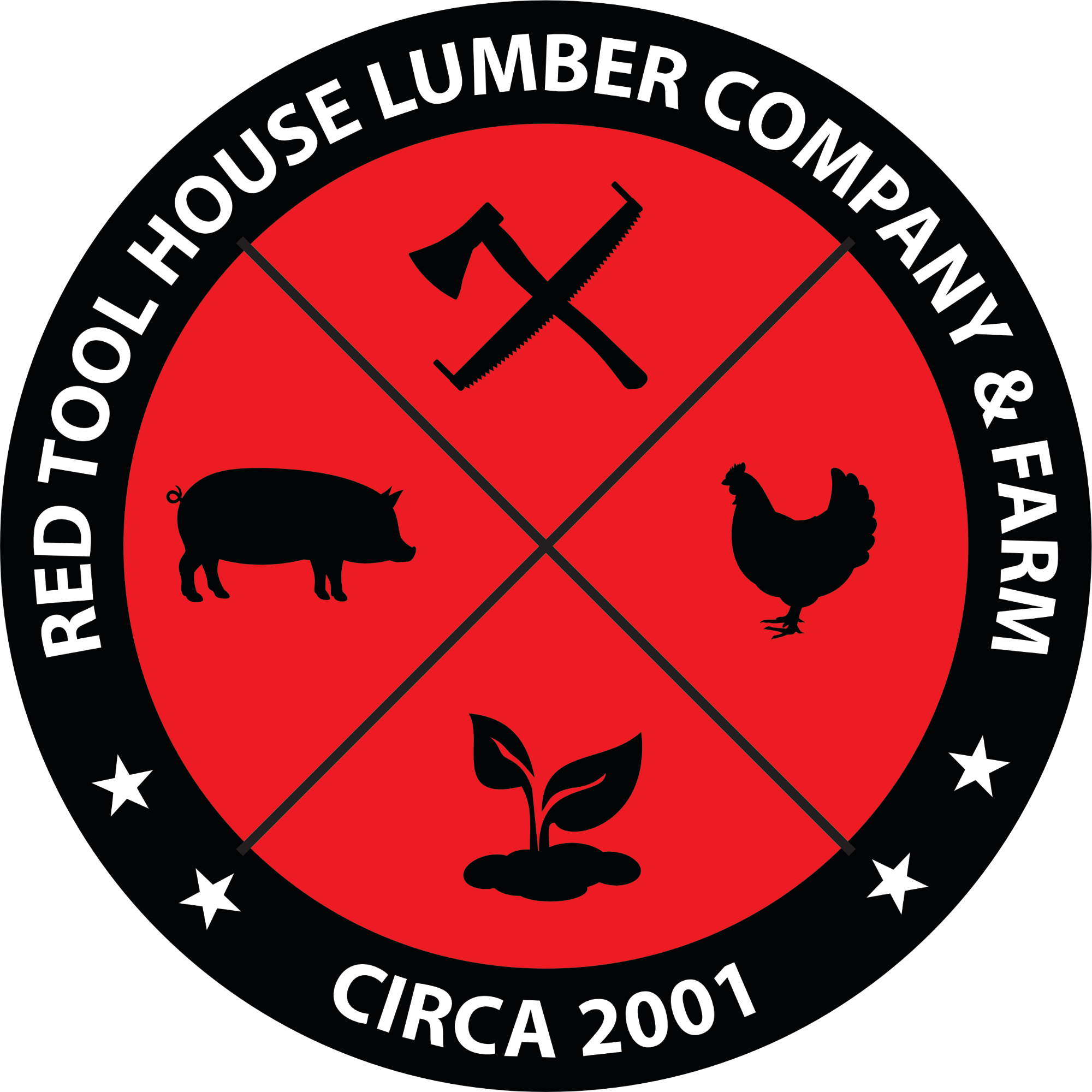
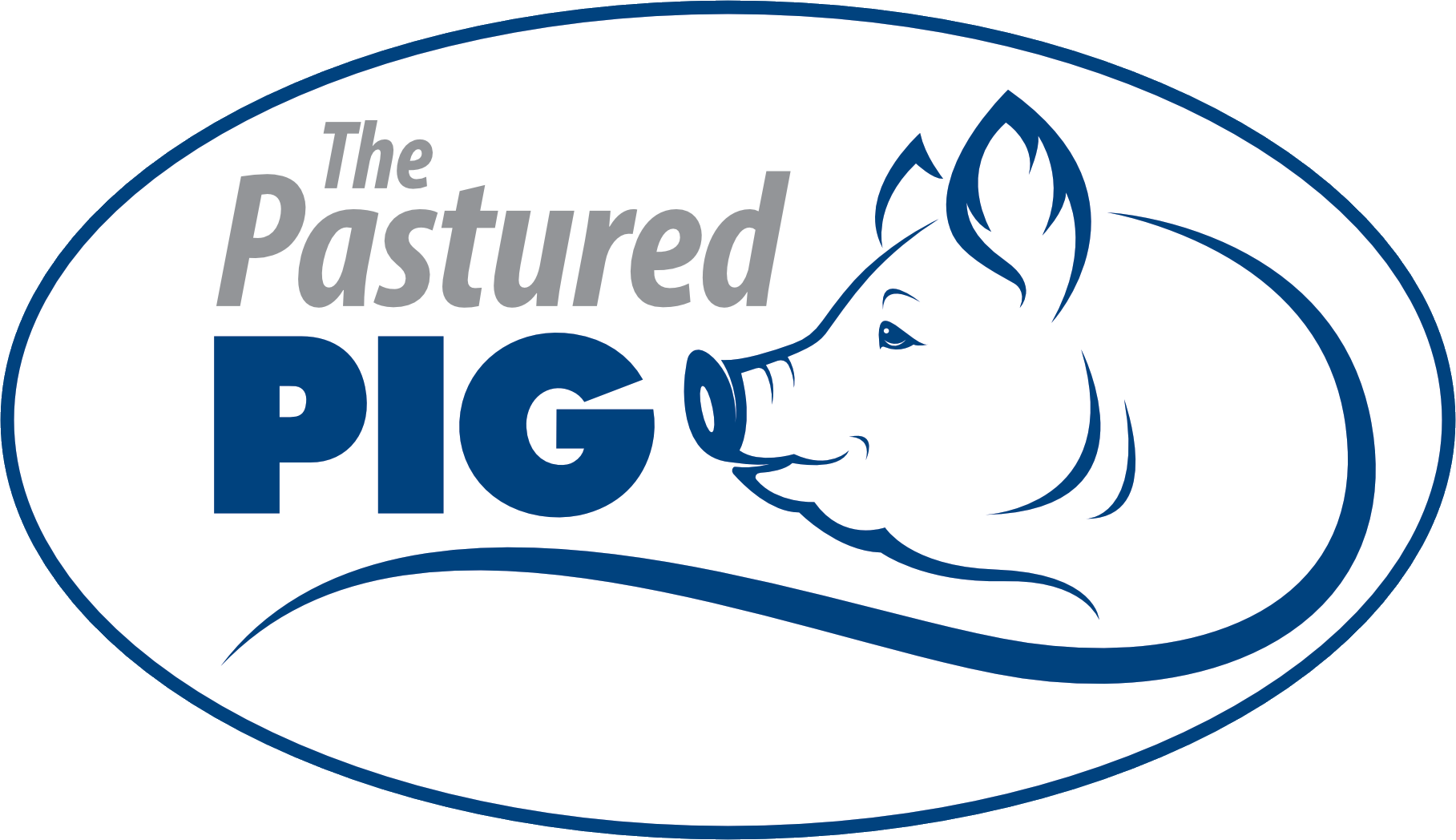
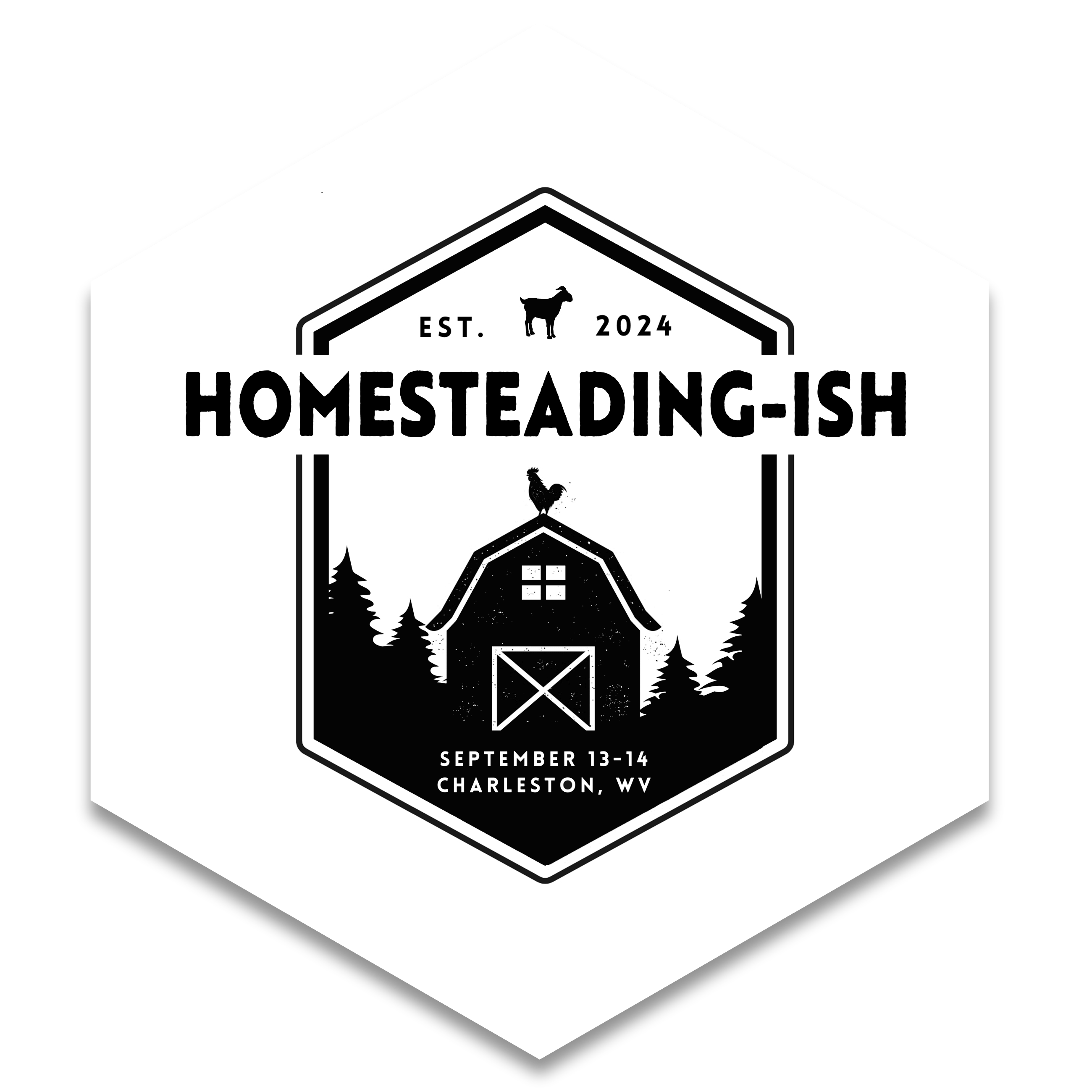
Leave A Comment